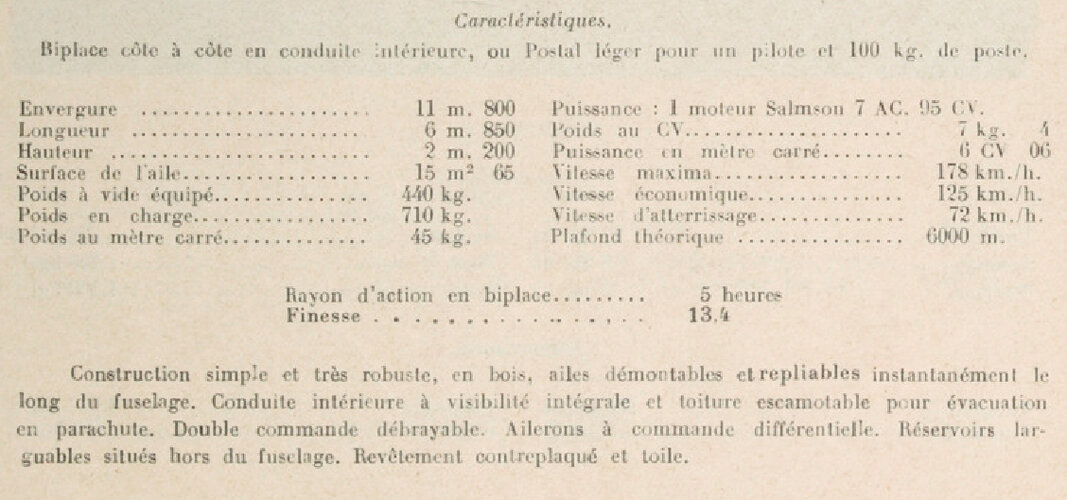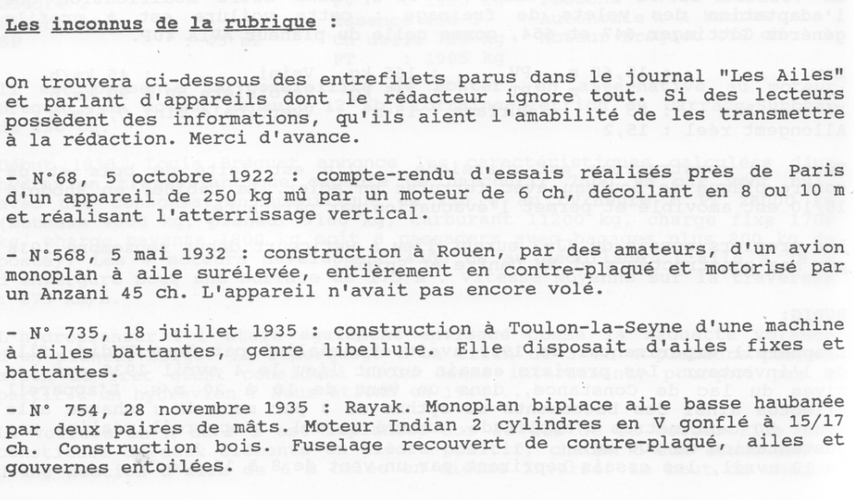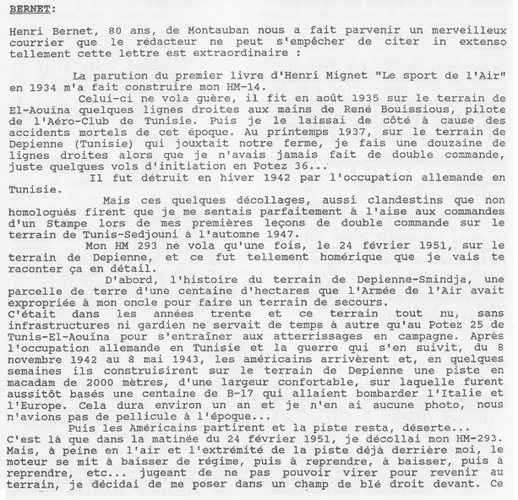From TU 183,
Mr. Louis Clement built a single seat racer monoplane in 1919 and
a single seat ultra-light triplane in 1921,but he had also a design for
seaplane triplane of 1919.
From TU-193,
During the First World War, Louis Clément establishments manufactured parts
metal for many manufacturers: Bréguet, Caudron, FBA, Letord, Michelin,
Nieuport, Sopwith, Spad, Tellier, Voisin. After the Armistice, they produced large series of
bicycles and presented at the 1919 Motor Show, a motorcycle built in
the workshops in Lyon and Boulogne-sur-Seine. If we add to these two establishments those of
Bordeaux, do we reach a surface of 20,000m? and a total workforce of 1,200 people.
Contrary to what had been written previously in this section. the triplane of
tourism will be presented for the first time at the Salon of 1919 and not of 1921. The train
tricycle landing gear has a 4m lane and a 1.10m wheelbase.
At the end of the First World War, the Lyon factory occupied 10,000m? and 600 workers. That
de Boulogne employed 800 workers. (45,100,120 to 132 Rue de Silly. Rue de Bellevue. 46 rue
of town hall). The offices were at 128 rue de Silly.





















